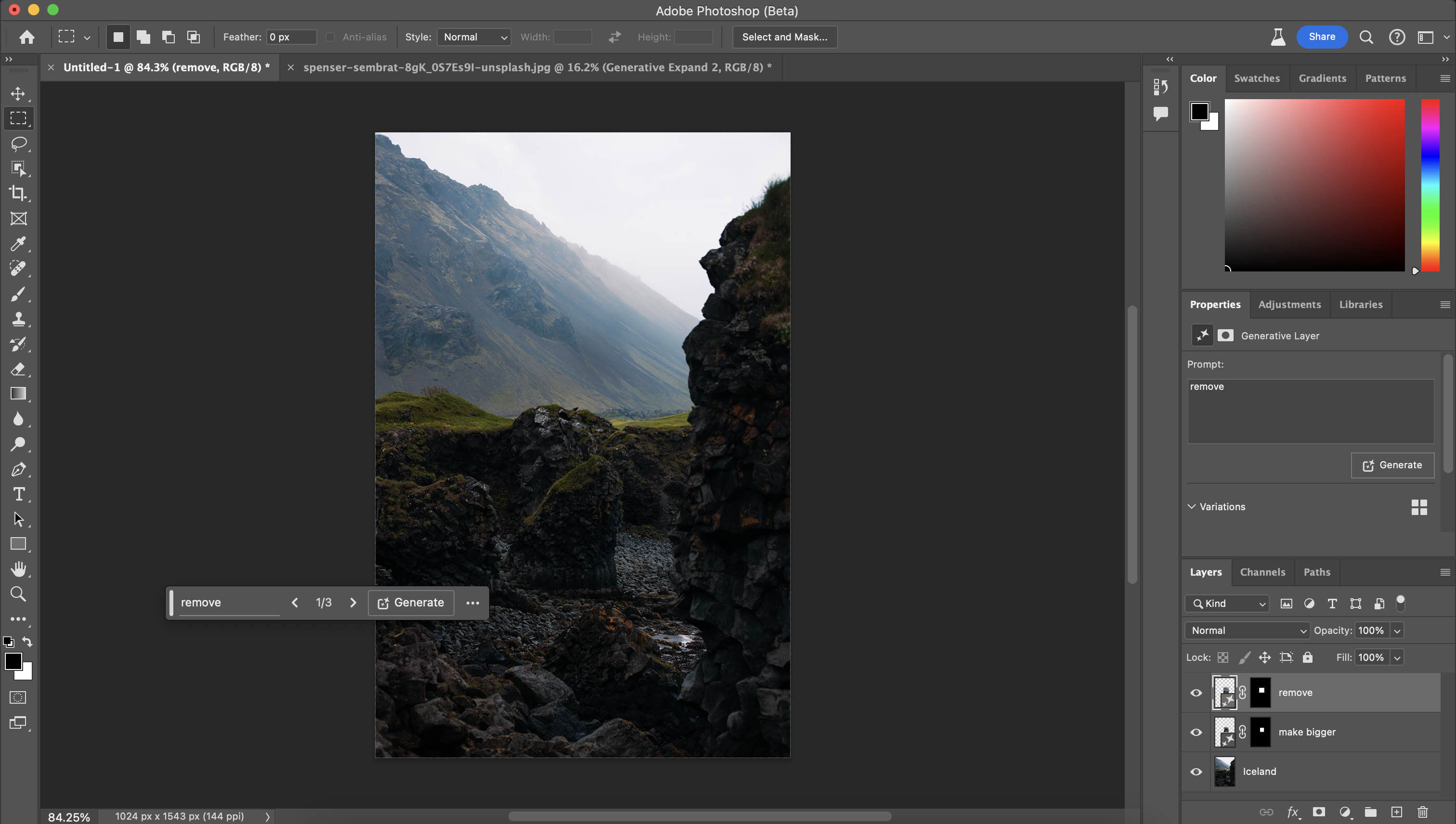
Adobe Creative Cloud (Photoshop AI): Complete Buyer's Guide
Enterprise-grade AI design integration that embeds generative capabilities directly into professional creative workflows with comprehensive IP protection.
Adobe Creative Cloud's integration of Photoshop AI capabilities represents a strategic positioning around workflow embedding over standalone AI excellence. With approximately 29% market share in AI illustration tools[7], Adobe has built its AI strategy on the Firefly generative engine, which generated over 1 billion images within six months of launch with 70% of users engaging weekly[7].
Market Position & Maturity
Market Standing
Adobe Creative Cloud (Photoshop AI) holds a commanding market position with approximately 29% market share in AI illustration tools[7], reflecting successful execution of an enterprise-focused integration strategy.
Company Maturity
The Firefly engine generated over 1 billion images within six months of launch with 70% of users engaging weekly[7], indicating both technical scalability and sustained user adoption.
Growth Trajectory
Documented implementations show consistent efficiency gains: Fleet Feet saved 120+ annual design hours, Movement Gyms increased content output by 30%, and Docusign saved 500+ hours in global rebranding workflows[8].
Industry Recognition
Adobe's 'commercially safe' approach addresses enterprise compliance requirements. The company's provision of litigation protection through indemnification clauses creates significant competitive differentiation for enterprise buyers[31][33].
Strategic Partnerships
IBM's 20-year Adobe partnership enabled co-development of Firefly Services APIs, shared IP governance frameworks, and priority access to beta features[29][36].
Longevity Assessment
The company's established enterprise relationships, comprehensive compliance approach, and proven scalability through billion-image generation volumes indicate strong foundation for long-term platform development and customer support.
Proof of Capabilities
Customer Evidence
IBM's deployment across 20,000 Creative Cloud licenses represents the most comprehensive validation, achieving 80% content cost reduction and compressing asset production timelines from 15 days to 2 days[29][36][37].
Quantified Outcomes
Fleet Feet saved 120+ annual design hours through localized AI campaigns, while Movement Gyms increased content output by 30% while reducing internal design requests by 42%[8]. Docusign saved 500+ hours in global rebranding workflows, enabling designers to shift from execution-focused to strategic work[8].
Case Study Analysis
IBM's implementation required structured integration with Adobe Experience Manager and dedicated teams spanning technical implementation, creative training, and legal review processes[37].
Market Validation
Firefly's generation of over 1 billion images within six months with 70% of users engaging weekly[7].
Competitive Wins
IBM chose Adobe specifically for Creative Cloud ecosystem integration despite acknowledging MidJourney's superior concept visualization capabilities[37].
Reference Customers
The documented success of IBM's 20-year Adobe partnership enabling co-development of specialized APIs and governance frameworks[29][36].
AI Technology
Adobe Creative Cloud (Photoshop AI) builds its technical foundation on the Firefly generative engine, which integrates directly into Photoshop workflows rather than operating as a standalone tool.
Architecture
This architectural decision reflects Adobe's workflow-first integration strategy that prioritizes seamless creative process enhancement over isolated AI capabilities.
Primary Competitors
Primary competitors include MidJourney (estimated 19% market share), Canva AI (16% market share), and DALL-E (14% market share)[23][25][27].
Competitive Advantages
Adobe provides 'commercially safe' training data and litigation protection that addresses compliance concerns, while competitors like MidJourney face unresolved copyright ambiguities[31][33][27].
Market Positioning
Adobe excels for enterprise buyers requiring comprehensive creative workflow transformation with legal protection and brand consistency.
Win/Loss Scenarios
IBM's selection demonstrates this pattern—choosing ecosystem integration over technical superiority for 20,000+ license deployments requiring comprehensive creative transformation[37].
Key Features

Pros & Cons
Use Cases
Integrations
Featured In Articles
Comprehensive analysis of AI Illustration Tools for AI Design for AI Design professionals. Expert evaluation of features, pricing, and implementation.
How We Researched This Guide
About This Guide: This comprehensive analysis is based on extensive competitive intelligence and real-world implementation data from leading AI vendors. StayModern updates this guide quarterly to reflect market developments and vendor performance changes.
59+ verified sources per analysis including official documentation, customer reviews, analyst reports, and industry publications.
- • Vendor documentation & whitepapers
- • Customer testimonials & case studies
- • Third-party analyst assessments
- • Industry benchmarking reports
Standardized assessment framework across 8 key dimensions for objective comparison.
- • Technology capabilities & architecture
- • Market position & customer evidence
- • Implementation experience & support
- • Pricing value & competitive position
Research is refreshed every 90 days to capture market changes and new vendor capabilities.
- • New product releases & features
- • Market positioning changes
- • Customer feedback integration
- • Competitive landscape shifts
Every claim is source-linked with direct citations to original materials for verification.
- • Clickable citation links
- • Original source attribution
- • Date stamps for currency
- • Quality score validation
Analysis follows systematic research protocols with consistent evaluation frameworks.
- • Standardized assessment criteria
- • Multi-source verification process
- • Consistent evaluation methodology
- • Quality assurance protocols
Buyer-focused analysis with transparent methodology and factual accuracy commitment.
- • Objective comparative analysis
- • Transparent research methodology
- • Factual accuracy commitment
- • Continuous quality improvement
Quality Commitment: If you find any inaccuracies in our analysis on this page, please contact us at research@staymodern.ai. We're committed to maintaining the highest standards of research integrity and will investigate and correct any issues promptly.